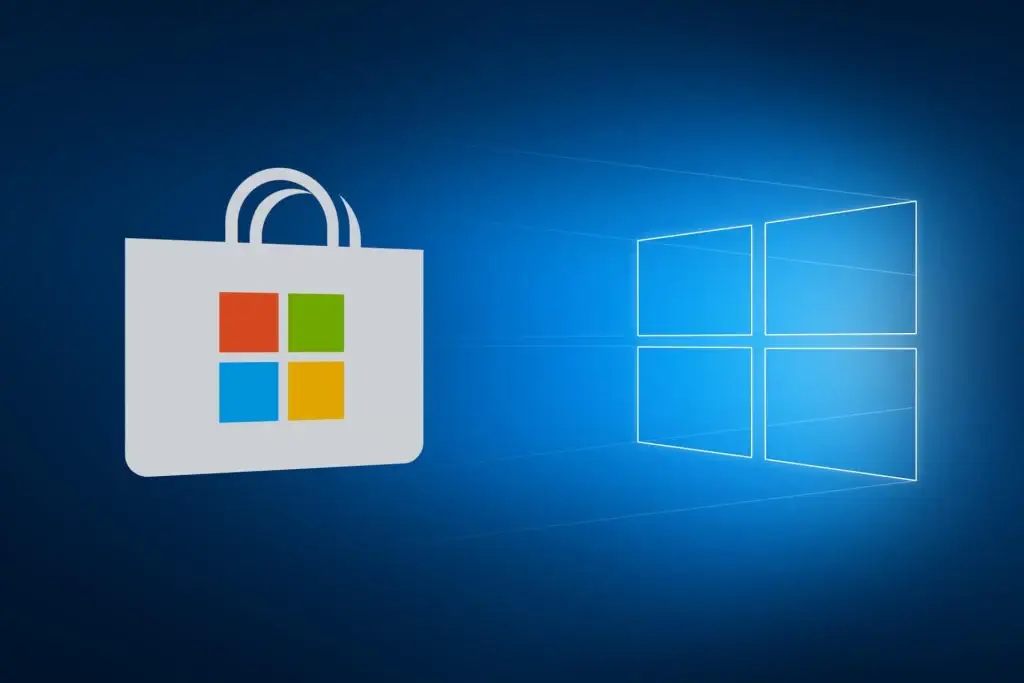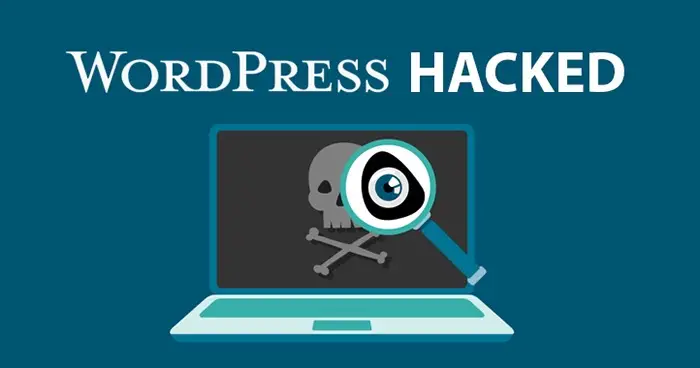How to Solve “Can’t Open Microsoft Store” by Resetting Your PC
If you are unable to open the Microsoft Store on your Windows PC, you are not alone. This issue can be frustrating, especially when you need to download or update apps. One effective solution to this problem is resetting your PC.
Why Resetting Works
Resetting your PC can resolve many underlying issues that prevent the Microsoft Store from opening. It effectively provides a clean slate by removing corrupt files, resolving misconfiguration, and eliminating malware or problematic applications that might be interfering with the Store.
While it might seem like a drastic measure, it can resolve underlying issues that simpler troubleshooting steps might not fix. Here’s a comprehensive guide on how to reset your PC to solve the “Can’t Open Microsoft Store” issue.
Step-by-Step Guide to Reset Your PC
1. Backup Your Data Before proceeding with a reset, it’s crucial to back up your important files. Resetting your PC can result in data loss, so ensure you have copies of your documents, photos, and other important files.
- External Storage: Use an external hard drive or USB flash drive.
- Cloud Storage: Upload your files to cloud services like OneDrive, Google Drive, or Dropbox.
2. Access Windows Settings To reset your PC, you need to access the Windows Settings menu.
- Click on the Start button.
- Select the Settings gear icon.
3. Navigate to the Recovery Options Within the Settings menu:
- Click on Update & Security.
- Select Recovery from the left sidebar.
4. Begin the Reset Process Under the Recovery options, you will see a section called Reset this PC.
- Click on the Get started button.
5. Choose an Option You will be presented with two options: Keep my files and Remove everything.
- Keep my files: This option removes apps and settings but keeps your personal files.
- Remove everything: This option removes all your personal files, apps, and settings.
Select the option that best suits your needs. For a thorough reset, you might choose “Remove everything,” but remember to ensure all important data is backed up.
6. Follow the Prompts Windows will guide you through a series of prompts to confirm your decision. Follow these instructions carefully.
- Cloud download: This option downloads Windows from the cloud to reinstall.
- Local reinstall: This option uses the existing Windows installation files on your PC.
7. Complete the Reset After making your selections, click on Next and then Reset. Your PC will restart and begin the reset process, which can take some time. Once completed, your PC will restart again and walk you through the initial setup process.
Post-Reset Steps
1. Restore Your Data After resetting your PC, restore your backed-up data from your external storage or cloud service.
2. Reinstall Applications You will need to reinstall your applications. Visit the Microsoft Store (which should now be accessible) to download your apps. You can also install any other applications you use regularly.
3. Update Windows Ensure your PC is up-to-date by checking for updates.
- Go to Settings > Update & Security > Windows Update.
- Click on Check for updates.



